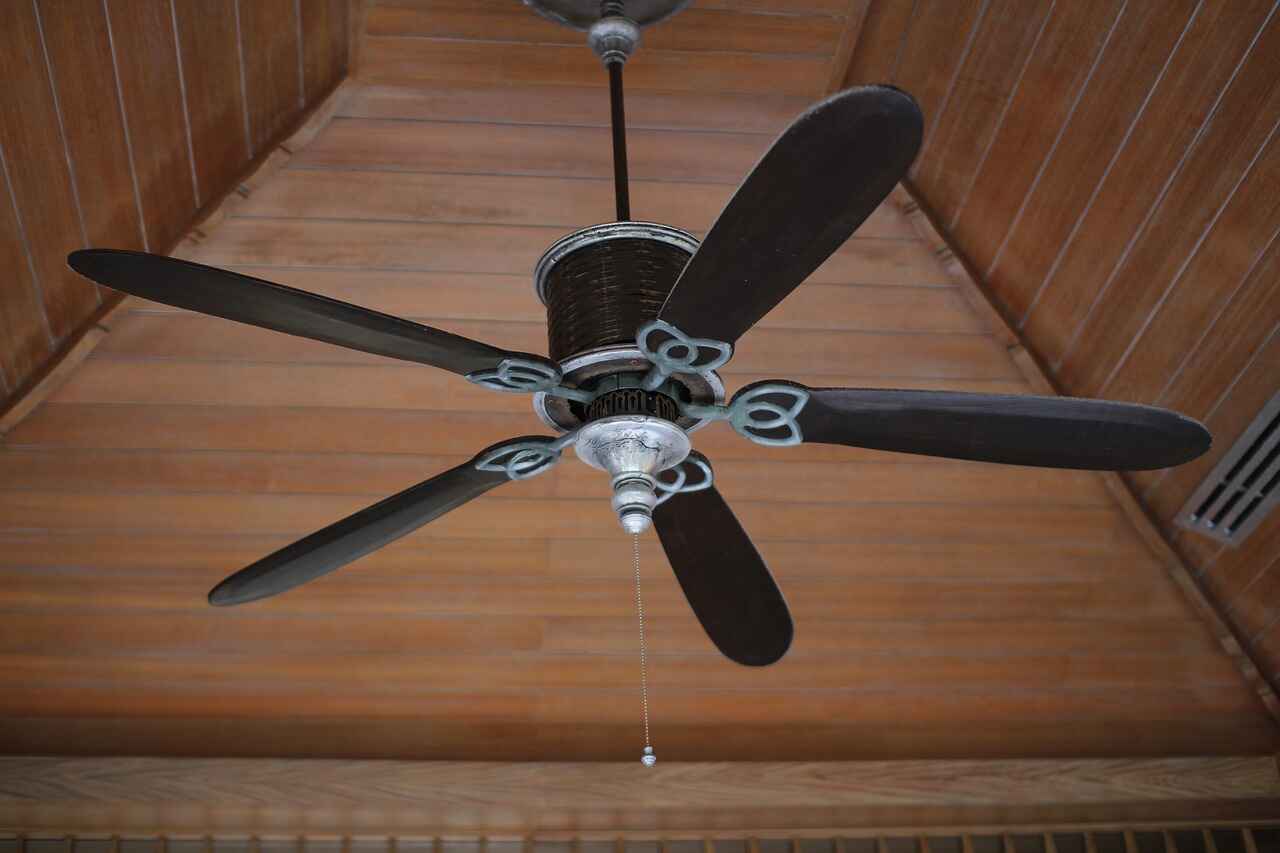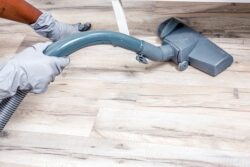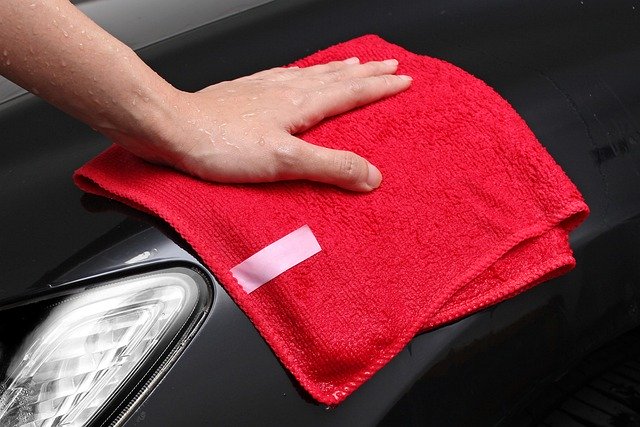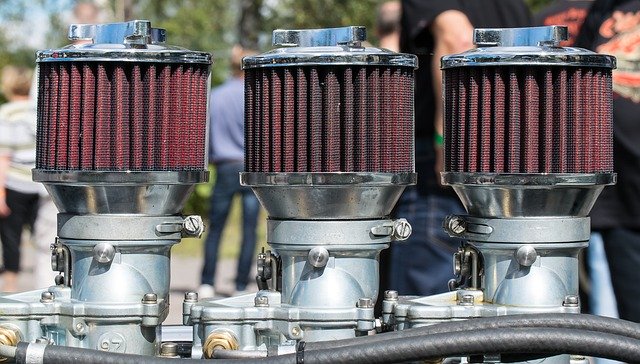Ceiling fans, with their graceful blades and gentle revolutions, are a staple in many homes and businesses. They serve both functional and aesthetic purposes, helping to circulate air and maintain a comfortable atmosphere while adding a touch of elegance to interior spaces. However, amidst their continuous duty, ceiling fans often accumulate dust, dirt, and grime that go unnoticed. Cleaning them may not be high on your list of priorities, but it should be.
In this comprehensive guide, we will explore the importance of cleaning your ceiling fans, from health and hygiene to energy efficiency and the longevity of your fan. You’ll discover that the simple act of cleaning these often-overlooked fixtures can bring a multitude of benefits into your life.
1. Enhanced Air Quality
One of the primary reasons for cleaning your ceiling fans is to improve the quality of the air you breathe. Ceiling fans, especially in bedrooms and living areas, are in constant operation. As they rotate, they collect dust, allergens, and particles from the surrounding air. Over time, these contaminants settle on the blades and inside the fan housing. When the fan is turned on, it can circulate these particles throughout the room, leading to respiratory issues and allergies.
Regular cleaning of your ceiling fan blades and housing helps remove these accumulated contaminants, preventing them from becoming airborne and improving indoor air quality. This is particularly crucial for individuals with allergies or asthma, as cleaner air can alleviate their symptoms and provide a healthier living environment for all occupants.
2. Dust and Allergen Control
Ceiling fans are notorious for attracting dust. The blades, often left undisturbed for extended periods, accumulate layers of dust and dirt that can be harmful to health. As the fan operates, it redistributes this dust into the room, settling on furniture, floors, and even in your lungs.
By cleaning your ceiling fans regularly, you take control of the dust and allergen buildup, reducing the potential for respiratory issues and allergic reactions. This simple maintenance task can make a significant difference in your overall well-being.
3. Improved Energy Efficiency
Clean ceiling fans are more efficient ceiling fans. Dust and grime can accumulate on the blades, altering their balance and causing the fan to wobble or vibrate. These imbalances can lead to unnecessary strain on the motor, which, in turn, consumes more energy.
A well-maintained ceiling fan with clean blades operates smoothly and efficiently, requiring less energy to achieve the desired airflow. This not only saves you money on your energy bills but also reduces the environmental impact of your home or business. In the long run, the energy efficiency gained from clean ceiling fans can be a significant cost-saving measure.
4. Prolonged Lifespan of Your Fan
Ceiling fans are an investment in your comfort and aesthetics. To protect this investment, it’s essential to maintain your fans properly. Dust and dirt accumulation on the blades and in the motor housing can lead to premature wear and tear. Dust can infiltrate the motor and interfere with its operation, potentially causing overheating or damage. Neglecting regular cleaning can result in more frequent breakdowns and the need for costly repairs or replacements.
Cleaning your ceiling fans extends their lifespan and ensures that you enjoy their benefits for years to come. It’s a practical and cost-effective way to protect your investment and maintain the comfort of your living or working spaces.
5. Aesthetic Appeal
Ceiling fans are not just functional; they’re also a design element in your space. Dirty and dusty fans can be an eyesore, diminishing the aesthetic appeal of a room. Neglecting the cleaning of your ceiling fans can lead to a dingy and unattractive appearance, which contradicts the purpose of having them in the first place.
Regular cleaning not only ensures that your fans operate efficiently but also keeps them looking their best. Clean fans contribute to a well-maintained, visually appealing interior, adding to the overall ambiance of your space.
6. Quiet Operation
Dirty ceiling fans can also be noisy fans. Accumulated dust and dirt can lead to imbalances in the blades, causing vibrations and noisy operation. The constant wobbling and rattling can be distracting and disrupt the peaceful atmosphere of your home or workspace.
Cleaning your ceiling fans eliminates these disturbances and allows for a more peaceful and quiet operation. You can enjoy the gentle breeze and improved air circulation without the annoying background noise.
7. Safety and Fire Prevention
Safety is a paramount concern in any home or business. Dust and dirt accumulation can pose safety hazards with ceiling fans. In extreme cases, excessive dust buildup can create a fire hazard, especially if the fan motor overheats due to reduced airflow.
Regular cleaning helps prevent the risk of fire and ensures that your ceiling fan operates safely. Safety should always be a top priority when it comes to any electrical appliance in your space.
8. Avoiding Pest Infestations
Dusty and neglected ceiling fans can become attractive nesting spots for insects, spiders, and even small rodents. Not only does this create a hygiene issue, but it can also lead to pest infestations in your home. Cleaning your ceiling fans helps deter pests from making your fan their home, reducing the risk of infestations.
9. Odor Control
Dust and debris on fan blades can emit unpleasant odors when the fan is turned on. Regular cleaning eliminates these odors, contributing to a fresher and more pleasant environment.
10. Improved Cooling and Circulation
Clean fan blades and a well-maintained motor ensure that your ceiling fan operates at peak performance. This means you’ll experience better cooling and more efficient air circulation in your space.
How to Clean Your Ceiling Fans: A Step-By-Step Guide
Now that we’ve established the importance of cleaning your ceiling fans let’s dive into a step-by-step guide on how to clean them effectively:
You will need:
- A ladder or step stool
- A pillowcase or plastic bag
- A cleaning solution (water and mild detergent)
- A soft cloth or microfiber duster
- A vacuum cleaner with a brush attachment
Steps:
- Turn Off the Fan: Before you begin, turn off the ceiling fan to ensure safety while cleaning.
- Prepare Your Cleaning Solution: Mix a small amount of mild detergent with water to create a cleaning solution.
- Dust the Blades: Using a soft cloth or a microfiber duster, dust the blades and motor housing. You can also use a vacuum cleaner with a brush attachment to remove loose dust and dirt.
- Cover the Blades: To prevent dust from falling onto the floor or furniture, cover the blades with a pillowcase or plastic bag. Gently press and slide the cover along each blade to collect the loose dust and dirt.
- Clean the Blades: Dip a cloth or sponge into the cleaning solution and wring it out thoroughly. Wipe down the blades, starting from the base and moving towards the tip. Ensure that you clean the top and bottom surfaces of each blade.
- Wipe Down the Motor Housing: Clean the motor housing, canopy, and any exposed metal parts with the same cleaning solution. Be cautious around the electrical components and wiring.
- Rinse and Dry: Rinse the cloth or sponge with clean water and wring it out. Wipe down the blades and other parts to remove any cleaning residue. Use a dry cloth to ensure that everything is thoroughly dry.
- Inspect for Loose Screws: While you’re cleaning, check for any loose screws or fasteners. Tighten them to ensure the fan is stable and safe.
- Turn the Fan Back On: Once the fan and all components are dry, you can safely turn the fan back on.
Maintenance Tips
- Consider investing in a fan duster with an extendable handle to make cleaning more accessible and safer.
- Regularly clean or replace any air filters in your home, as this can reduce the amount of dust in the air and, consequently, on your fan.
A Comprehensive Approach Beyond Blades
Cleaning your ceiling fan isn’t limited to the blades and the motor housing. To ensure your fan operates at its best and contributes to improved indoor air quality, consider the following additional steps:
Ventilation System
If your fan has a ventilation system or exhaust function, ensure that it’s free of obstructions. A clogged vent can reduce the fan’s effectiveness and lead to increased humidity in bathrooms and kitchens.
Light Fixtures
Clean the light fixtures on your fan regularly to maintain proper illumination.
Reversing the Direction
In the summer, set your fan to spin counterclockwise for a cooling effect. In the winter, change the direction to clockwise to help distribute warm air more evenly.
Conclusion
Cleaning your ceiling fans should be a regular part of your home or business maintenance routine. Depending on the environment and usage, aim to clean them at least every three to six months. In high-dust environments or areas with a high fan usage, more frequent cleaning may be necessary.
Ceiling fans are more than just functional appliances; they are integral to the comfort, health, and aesthetics of your living or working spaces. Regular cleaning is an essential part of fan ownership, ensuring that they operate efficiently, look their best, and contribute to a clean and healthy indoor environment. By taking the time to clean your ceiling fans, you’re not only protecting your investment but also enhancing the overall quality of your life.














